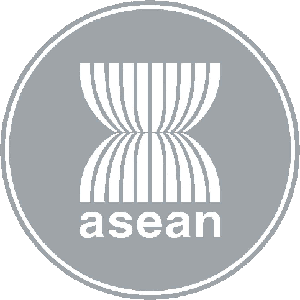Music in Society – A Southeast Asian Perspective

By Jenny Ang, Singapore
This paper is adapted from a presentation at the Association of European Conservatoires Congress held in November 2018 in Graz, Austria, as part of the Global Strand panel discussion: Beyond Europe – How is Higher Music Education evolving outside Europe to strengthen music in society? How does the current European Conservatory look from the outside in this region?
Southeast Asia’s population of 650 million is approximately 3 quarters that of Europe’s but occupying the equivalent of a sixth of its landmass. Economically, its countries’ GDP per capita range from Singapore in the top 10 to the majority ranked below every European country.
Its spectrum of languages and religions, including Buddhism, Christianity, Islam, Hinduism, and ancestral worship offers a range of different cultural lens already from a spiritual level. (My own identity is complicated to describe – I am Singaporean and I am ethnically Chinese – I speak Mandarin as well as two South China dialects of Hokkien and Teochew with my grandparents. My parents are Taoists. I learnt English from my Catholic home helper from the Philippines. My primary school classmates were mainly Muslims and I went to a Protestant secondary school!)
The region brings both a rich history and youthful potential. Almost all countries gained independence only in the last 50 years, having had their current borders defined by foreign powers.
Our music traditions have long involved multi-arts to tell stories – dance, theatre, mimes, plays, shadow puppets and costumes. The music is un-notated and styles and instruments are diverse. Ensembles draw on improvisation, collaboration and subdued forms of hierarchy. The gamelan ensemble is typical - the leader plays from the back.
Western classical music is also very present. Even in the last 2 years, new orchestras such as the Sun Symphony in Hanoi, Vietnam and the Bandung Philharmonic in Indonesia have been set up. Both are linked to corporate investors with visions, as in the case of the Bandung Philharmonic, to “harmonise differences, and elevate human dignity through dialogues between international music and local traditions.”
The Southeast Asian Directors of Music Association, founded in 2008 involves over 70 Higher Education organisations from all 10 Southeast Asian countries, evolving professional opportunity and celebrating the region’s musical richness and diversity. Alongside SEADOM and across the region, a range of new higher music education institutions committed to resonating in their immediate community has brought new vibrancy and visibility for music.
Another music network that remaps traditional global networks outside of Europe is the Pacific Alliance of Music Schools. It consists of 14 schools in Australia, Canada, China, Japan, Korea, New Zealand, Singapore, Taiwan, Thailand, and the USA. Members connect through roundtable forums on contemporary issues faced by music schools in addition to collaboration between institutions. There lies an exciting potential of such cultural and political diversity. This raises real questions about what opportunities could be nurtured through meaningful exchange amongst very different equals.

Yong Siew Toh Conservatory of Music Alumni Festival 2018 – Open Score Project
Higher music education in Southeast Asia is reaching within and across cultures to evolve new perspectives on music-making, celebrating individual identities as well as shared diversity. Knowing some of the questions Europe and classical music in Europe begin to ask here at the AEC, the optimism in which Southeast Asia currently embraces even greater musical diversity may be worthy of consideration.
With such networks and cross-cultural conversations being developed, new world dynamics can be discovered. The optimism in which Southeast Asia currently embraces diversity is worthy of consideration.





